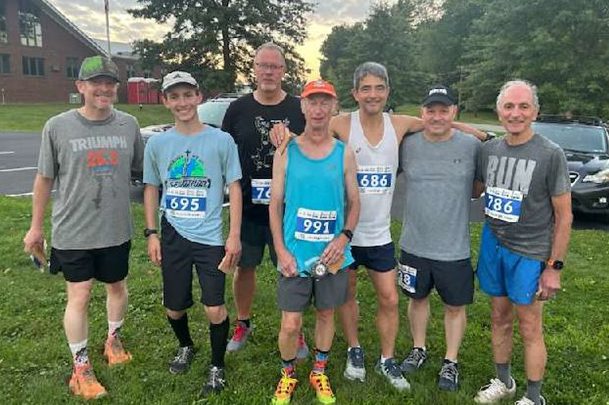Written By: Timothy Dunn, PT, DPT, GCS, COS-C, CEEAA

Regardless of age, function, ability, or your running pace-an unintentional change in position, or fall, will STOP all progress.
A fall…
Strangles our functionality: Did you know that, a third of the time, an unintentional change in position within the elderly population will result in a trip to the Emergency Department. Also, 87% of all fractures among older people can be contributed to falls (2).
Oppresses our independence: Falls represent a gateway to frailty, creating increased susceptibility to institutionalization and death. Frailty has been described as a composite of three or more of the following coexisting domains: exhaustion, low physical activity, weakness, slowness, and weight/height loss. Over eight million older adults in the United States are frail-a number which continues to rise (1).
Predisposes us to fear: The fear of future falls is often a self-fulfilling prophecy. The less you move, the more likely you will encounter another fall as your compensatory strategies begin to “rust,” increasing your vulnerability.
As rehab professionals, let’s equip our patients to put an END to the STOP.
Exercise: Coach your patient towards engaging in a combination of resistance, endurance, and balance training activities that foster genuine muscle performance, aerobic capacity, and dynamic balance gains. Focus on strength development with intentional dose progression (2).
Neutralize: Mitigate the extrinsic risk factors to falling such as poor lighting, steps, slippery surfaces, irregular surfaces, and home obstacles. Ponder the connections between your patient’s unique, intrinsic limitations, such as sarcopenia, pain, and confusion with their current environment and how that coupling may exacerbate their fall risk (2).
Develop: Encourage the cultivation of lifelong activity habits that foster both physical and cognitive resiliency to the adverse events of life. Over 25% of adults report no leisure time physical activity (3). As our 2nd President, John Adams said, “We were made to move.” Without activity-there will be functional consequences.
Lastly, keep in mind that the magnitude of the effort is not nearly as important as making the effort. Putting an END to the STOP is a journey – one step at a time.
Tim Dunn is a fulltime Physical Therapist and below average ultramarathoner you may find running along the trails of Western Pennsylvania. Fortunately, his running buddy Brian (the guy in the red shirt above) was available to assist him following his recent unintentional change in position. Tim and his wife Carrie have three awesome kids and spunky wiener dog named Ressie. You can connect with Tim at: tdunn@vnaalliance.org
Explore online continuing education courses from Timothy below:
Assessment, Tests, and Treatment for the Medically Fragile Patient
Evidence-Based Home Health Rehabilitation
Home Health Updates: PDGM and OASIS-D
OASIS-E and Value-Based Purchasing
Visit summit-education.com for more information.
References:
Falvey, J. R., Ye, J. Z., Parker, E. A., Beamer, B. A., & Addison, O. (2022). Rehabilitation outcomes among frail older adults in the United States. International journal of environmental research and public health, 19(17), 11021
Giovannini, S., Brau, F., Galluzzo, V., Santagada, D. A., Loreti, C., Biscotti, L., … & Bernabei, R. (2022). Falls among older adults: Screening, identification, rehabilitation, and management. Applied Sciences, 12(15), 7934.
James, S. N., Chiou, Y. J., Fatih, N., Needham, L. P., Schott, J. M., & Richards, M. (2023). Timing of physical activity across adulthood on later-life cognition: 30 years follow-up in the 1946 British birth cohort. Journal of Neurology, Neurosurgery & Psychiatry, 94(5), 349-356.